The Ultimate Guide To Basil Plant Companions
The Ultimate Guide to Basil Plant Companions
Basil is a delicious and versatile herb that can be used in a variety of dishes. It is also relatively easy to grow, making it a popular choice for home gardeners. But did you know that basil can also benefit from having certain companion plants nearby?
Companion planting is the practice of planting certain plants together for their mutual benefit. Some plants complement each other's growth, while others help to deter pests or diseases. When it comes to basil, there are a number of companion plants that can help to improve its growth and flavor.
In this blog post, we will discuss the best companion plants for basil, as well as some plants that you should avoid planting near it. We will also provide some tips on how to plant and care for basil companion plants.
Best Companion Plants for Basil
Here are some of the best companion plants for basil:
- Marigolds: Marigolds are known for their insect-repelling properties. They can help to deter a variety of pests, including aphids, beetles, and nematodes. Marigolds also add a splash of color to your garden.
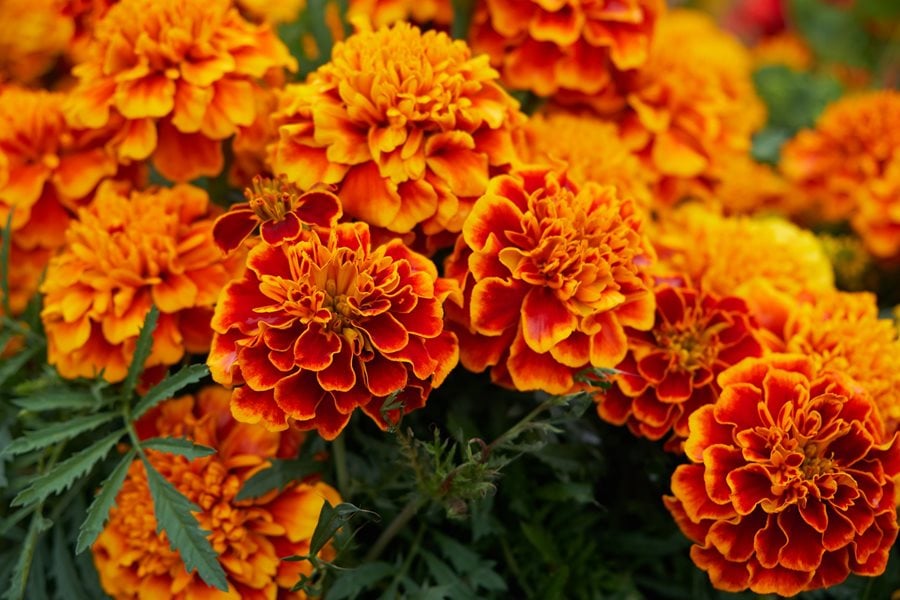
- Tomatoes: Basil and tomatoes are a classic companion planting combination. The two plants benefit from each other's presence. Basil helps to deter pests that can harm tomatoes, such as whiteflies and hornworms. Tomatoes, on the other hand, provide shade for basil, which can help to protect it from the sun.
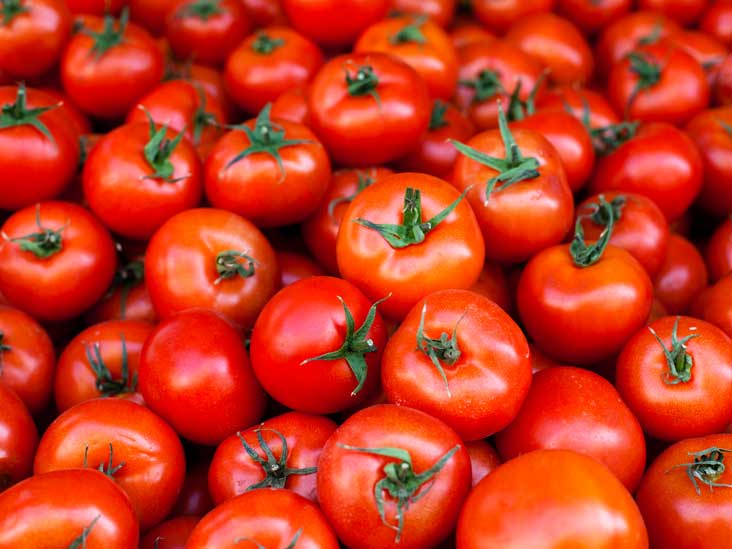
- Peppers: Basil and peppers are another great companion planting combination. The two plants have similar growing requirements and can help to deter each other's pests. Basil can help to deter aphids and whiteflies, while peppers can help to deter spider mites.

- Asparagus: Basil can help to improve the flavor of asparagus. It can also help to deter asparagus beetles.
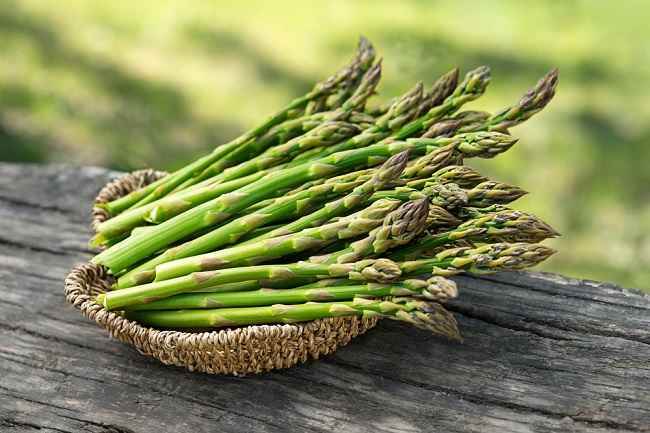
- Root vegetables: Basil can help to deter pests that can harm root vegetables, such as carrot flies and cabbage worms. It can also help to improve the flavor of root vegetables.

- Borage: Borage is a flowering herb that is known for its nectar and pollen. These attract beneficial insects, such as bees and butterflies, which can help to pollinate your basil plants. Borage can also help to improve the flavor of basil.
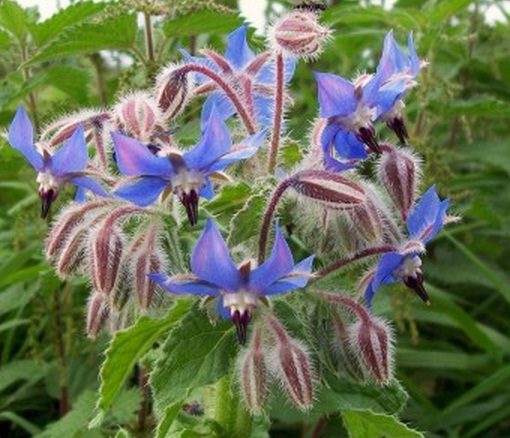
- Parsley: Parsley and basil are both members of the mint family. They can help to attract beneficial insects and deter pests. Parsley can also help to improve the flavor of basil.

Plants to Avoid Planting Near Basil
There are a few plants that you should avoid planting near basil. These include:
- Cucumbers: Cucumbers and basil compete for the same nutrients and water. Planting them together can stunt the growth of both plants.
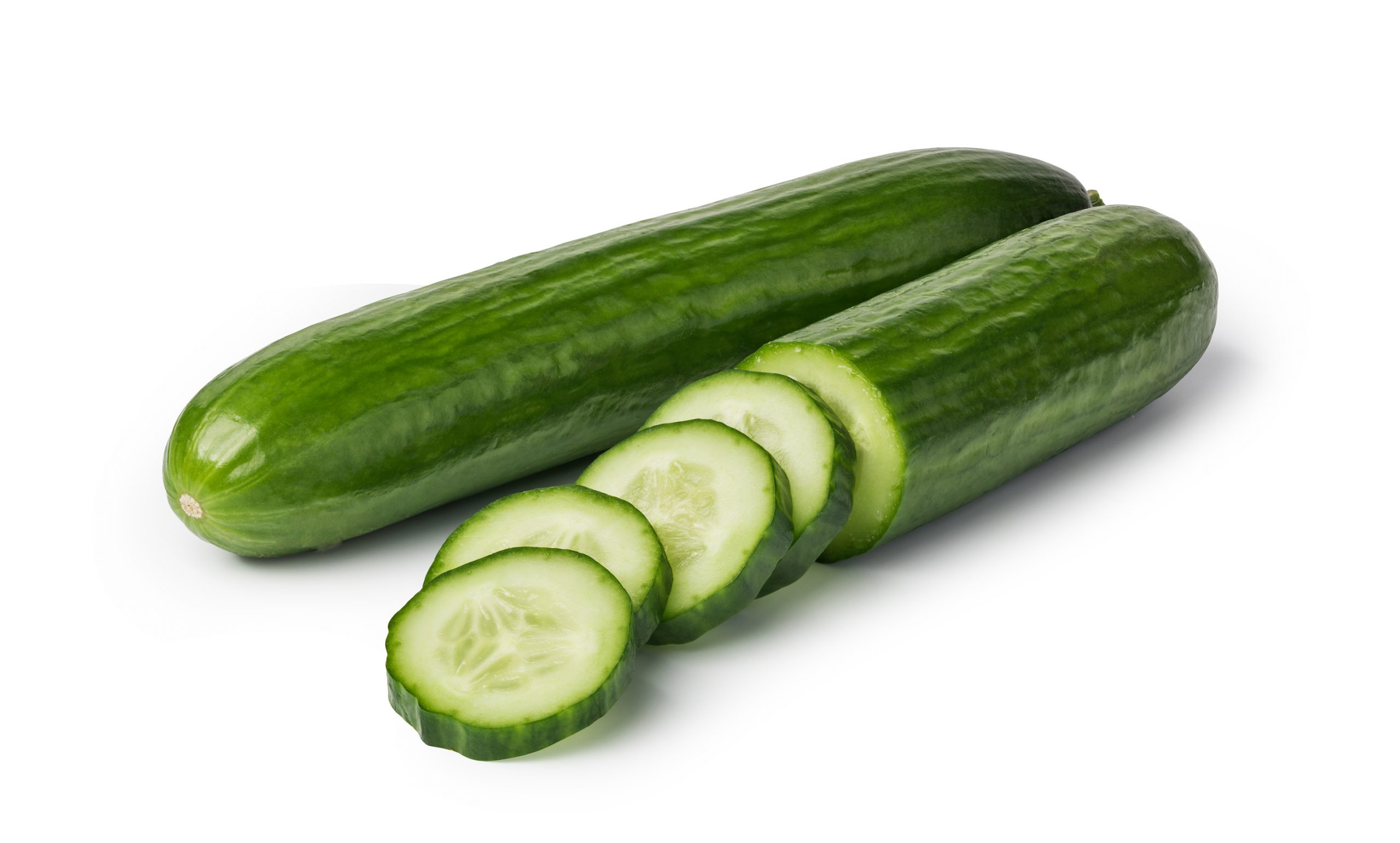
- Fennel: Fennel has a strong odor that can suppress the growth of basil.

- Thyme: Thyme and basil release toxins that can harm each other.
- Common rue: Common rue has a strong odor that can repel beneficial insects.

- Sage: Sage and basil release toxins that can harm each other.

Tips for Planting and Caring for Basil Companion Plants
When planting basil companion plants, it is important to consider their growing requirements. Make sure that they will all thrive in the same type of soil and sunlight conditions. You should also plant them at the same depth and spacing as recommended for each plant.
Once your basil companion plants are established, you will need to care for them in the same way that you would care for basil plants. This includes watering them regularly, fertilizing them as needed, and weeding around them.
With a little planning and care, you can enjoy a healthy and productive basil crop with the help of its companion plants.
Basil is a delicious and versatile herb that can be used in many different dishes. But did you know that basil can also be a beneficial companion plant for other vegetables?
When planted near certain companion plants, basil can help to improve the growth, flavor, and pest resistance of its neighbors. For example, basil can help to repel pests such as aphids, spider mites, and whiteflies. It can also attract beneficial insects, such as pollinators and ladybugs.
Some of the best companion plants for basil include:
- Tomatoes: Basil and tomatoes are a classic companion plant combination. Basil helps to improve the flavor of tomatoes, and tomatoes provide support for basil plants.
- Peppers: Basil can also help to improve the flavor of peppers. It can also help to deter pests such as aphids and whiteflies.
- Marigolds: Marigolds are another great companion plant for basil. They help to repel pests such as nematodes and thrips.
- Root vegetables: Basil can also help to improve the growth of root vegetables, such as carrots, beets, and radishes.
For more information about basil plant companion, please visit Gardenia Inspiration. This website provides a comprehensive list of companion plants for basil, as well as information on how to plant and care for basil plants.
FAQ of basil plant companion
Q: What are some good companion plants for basil?
A: Basil is a great companion plant for many other herbs and vegetables. Some of its best companions include tomatoes, peppers, eggplants, carrots, lettuce, and marigolds. Basil can help to deter pests from these plants, and it can also improve their flavor.
Q: What are some bad companion plants for basil?
A: Basil should not be planted near beans, fennel, or potatoes. These plants can compete with basil for nutrients and water, and they can also release chemicals that can stunt basil's growth.
Q: How does basil help to deter pests?
A: Basil produces a strong scent that some pests find unpleasant. This scent can help to deter aphids, beetles, and other common garden pests. Basil can also attract beneficial insects, such as ladybugs and lacewings, which prey on pests.
Q: How does basil improve the flavor of other plants?
A: Basil's strong scent can enhance the flavor of other plants. When basil is planted near tomatoes, for example, the tomatoes will taste sweeter and have a more complex flavor. Basil can also improve the flavor of carrots, lettuce, and other vegetables.
Q: How far apart should basil plants be planted?
A: Basil plants should be planted about 12 inches apart. This will give them enough space to grow and spread. If you are planting basil in a container, make sure the container is at least 12 inches in diameter.

Post a Comment for "The Ultimate Guide To Basil Plant Companions"